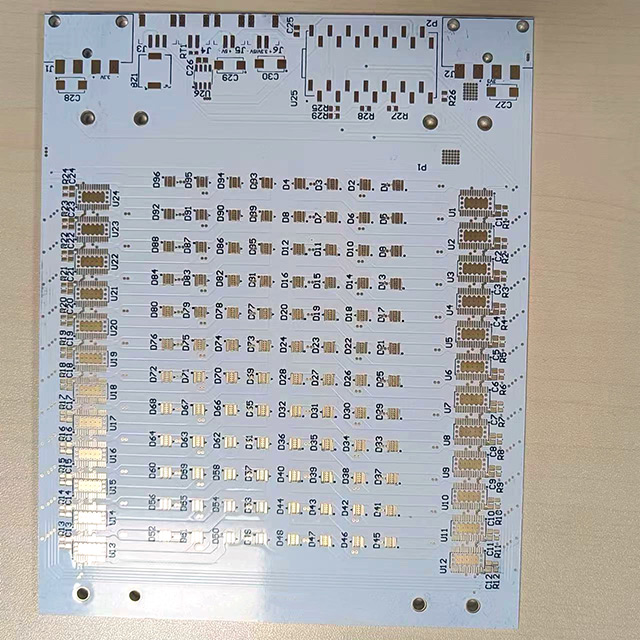S
suntrap
Sorry, but I don't understand how putting your heater on for a quarter of an hour every hour is any better than just leaving it on all the time during daylight hours, unless you arrange to switch off your other loads during that time. That's why I assumed you didn't know how it works. I agree that fitting a 1kW heater is less likely to have you drawing from the grid than the standard 3kW one, but having a timer switch it on and off at regular intervals doesn't help, because there is no "averaging" when it comes to how you are charged for your electricity.
No one has mentioned batteries by the way, as far as I remember - the whole point is to use water to store the energy.
No one has mentioned batteries by the way, as far as I remember - the whole point is to use water to store the energy.
Last edited by a moderator:










